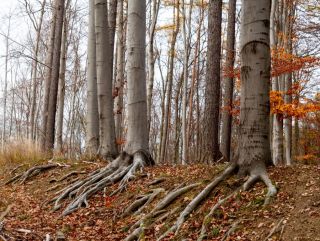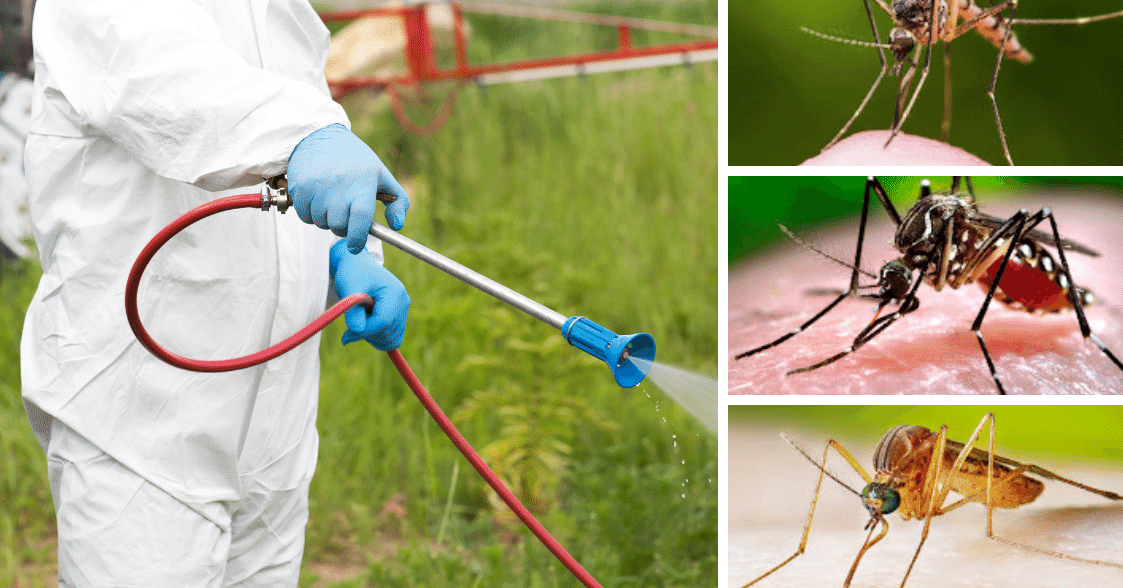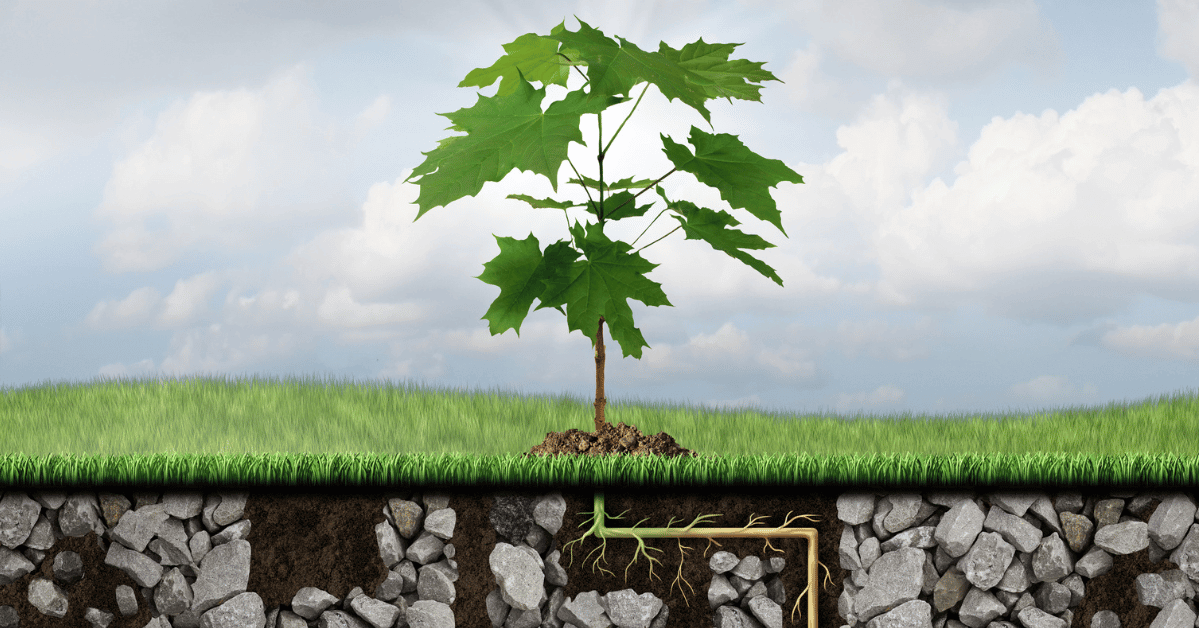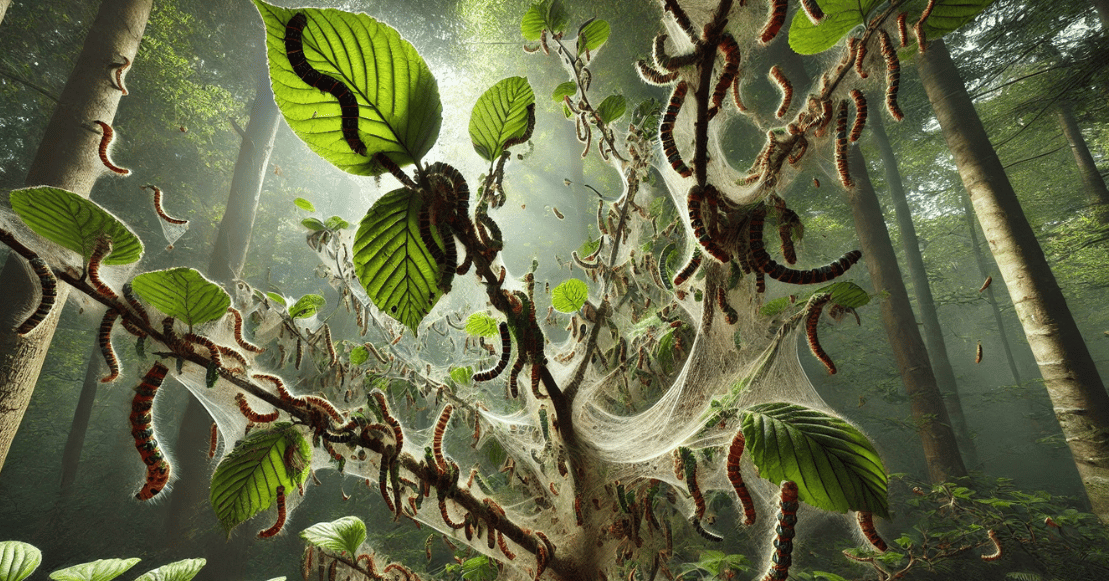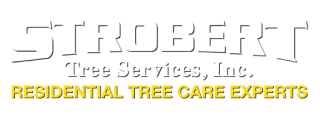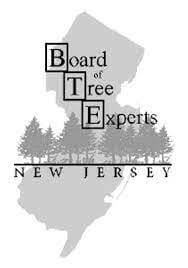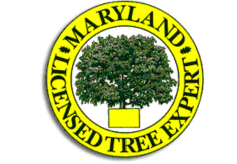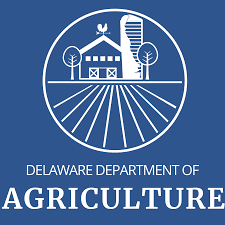Southeast PA Local Tree Species and Their Risks
- Oaks – Strong and long-lived, but older specimens can develop internal decay and are prone to sudden limb drop, especially after storms or during extended heat.
- Maples – A signature tree in many neighborhoods; some varieties have weak branch unions that split under heavy snow or wind.
- Walnuts – Valuable and attractive, but their large nuts can become hazards near walkways or roofs, and their extensive root systems may compete with surrounding plantings.
- American Chestnuts – Rare survivors of the chestnut blight; those still standing can be vulnerable to fungal issues and structural weakness.
- Locust Trees – Fast-growing and tolerant of poor soil, yet often develop brittle limbs that can break in high winds.
- American Beeches – Majestic and long-lived, but susceptible to beech leaf disease and root rot, which can compromise stability.
- Pines – Tall and picturesque, but shallow root systems make them prone to windthrow during nor’easters or hurricanes.
In neighborhoods from Wilmington to Newark, Dover to West Chester, and throughout the Brandywine Valley, these species often grow close to homes, driveways, and utility lines. Understanding their natural tendencies is the first step in preventing costly damage while preserving the tree’s health.
Mid Atlantic Seasonal Weather Impacts
In Delaware and southeastern Pennsylvania, weather patterns can shift dramatically over the course of a year - and those swings put trees under constant stress.
- Summer heat waves – Extended stretches of high temperatures can dry out soil, stress roots, and cause premature leaf drop, especially in shallow-rooted species like pines and locusts.
- Nor’easters and coastal storms – Heavy winds and saturated ground can topple even deep-rooted hardwoods, while brittle species like locusts or maples may lose major limbs.
- Winter ice and snow – Ice buildup can weigh down branches until they snap, particularly in American beeches and maples with broad, heavy canopies.
- Spring storms – Rapid leaf-out followed by high winds can stress newly heavy limbs, leading to breakage in species like walnuts and chestnuts.
If you’re unsure about a tree’s condition, see how arborists decide between preservation and removal.
How Strobert Navigates Local Tree Challenges
Removing or caring for trees in our region requires more than just the right tools - it demands an understanding of how local species respond to our climate, how neighborhoods are laid out, and how to work in tight spaces without causing collateral damage.
At Strobert Tree Services, our certified arborists combine decades of local experience with equipment built for precision work. Our low-impact crane removal process allows us to lift and lower large sections of trees over rooftops, gardens, and driveways without tearing up your lawn or leaving deep ruts in the soil. For tricky jobs - like removing a leaning walnut near a historic home or trimming storm-damaged locusts over a driveway - this approach keeps both your property and your neighbors’ safe.
We also know the seasonal patterns that stress species like American beeches, chestnuts, and pines. That means we can anticipate problems before they escalate, recommend the right pruning schedules, and provide preventive treatments for pests and diseases common in our area.
Stay Ahead of Tree Trouble
The best time to address tree hazards is before they cause damage. Whether you’re concerned about a leaning oak after a storm, a locust with brittle limbs over your driveway, or a walnut that drops branches in high winds, a certified arborist can give you a clear plan for safety and preservation.
📞 Call 1-800-TREE-SERVICE to schedule your free tree inspection today - and keep your property safe in every season.


